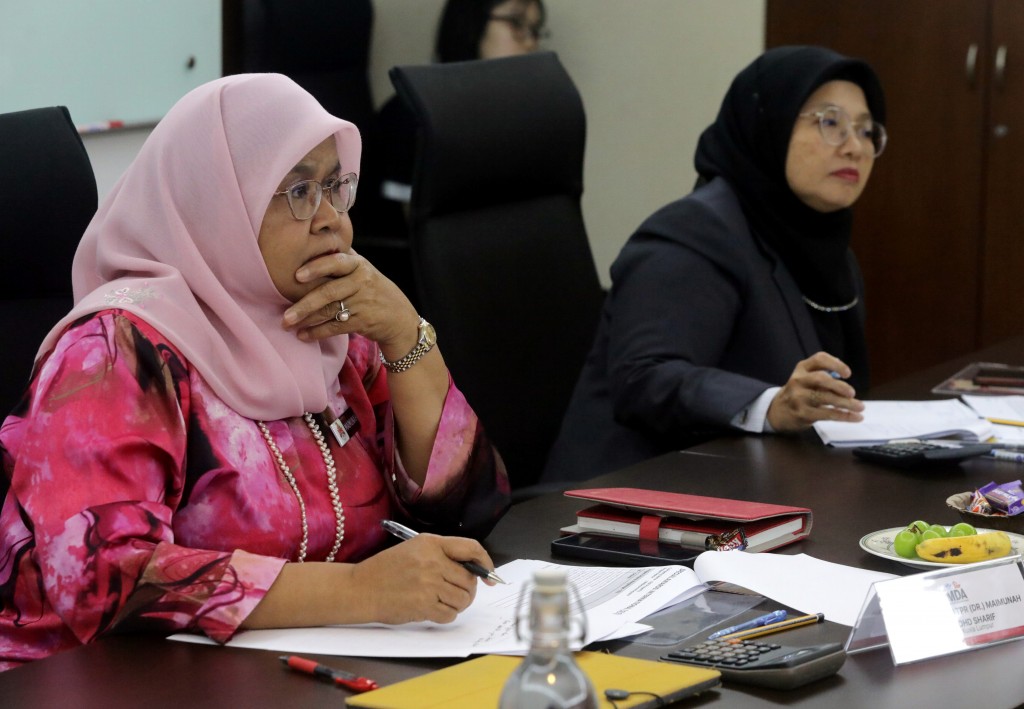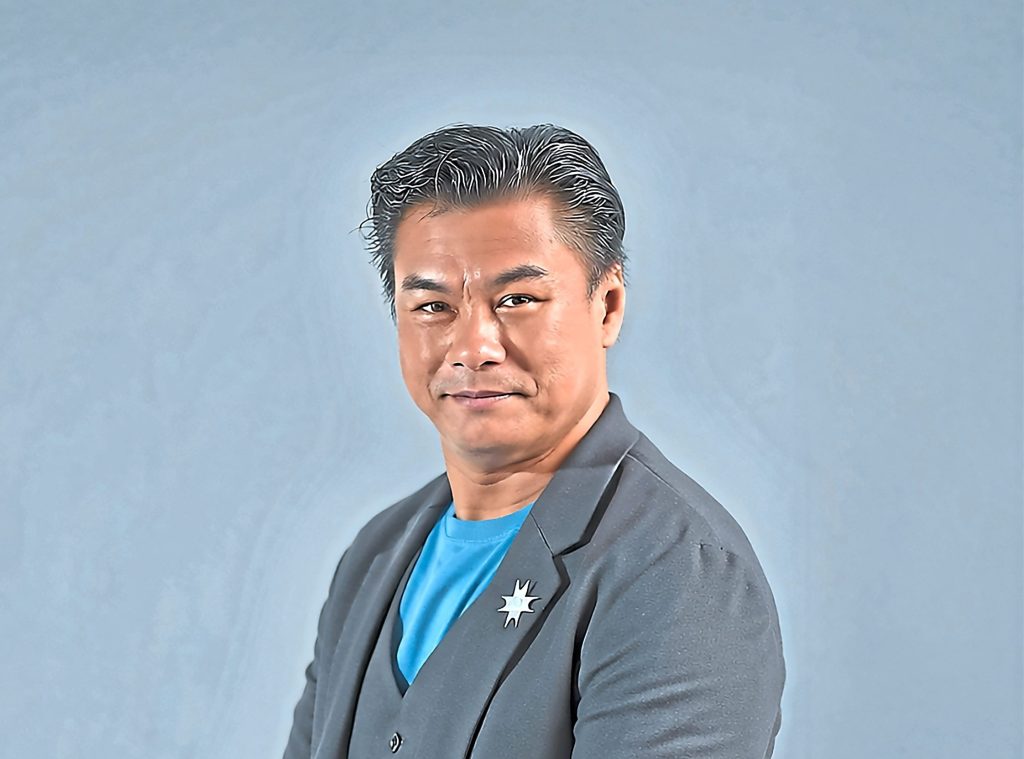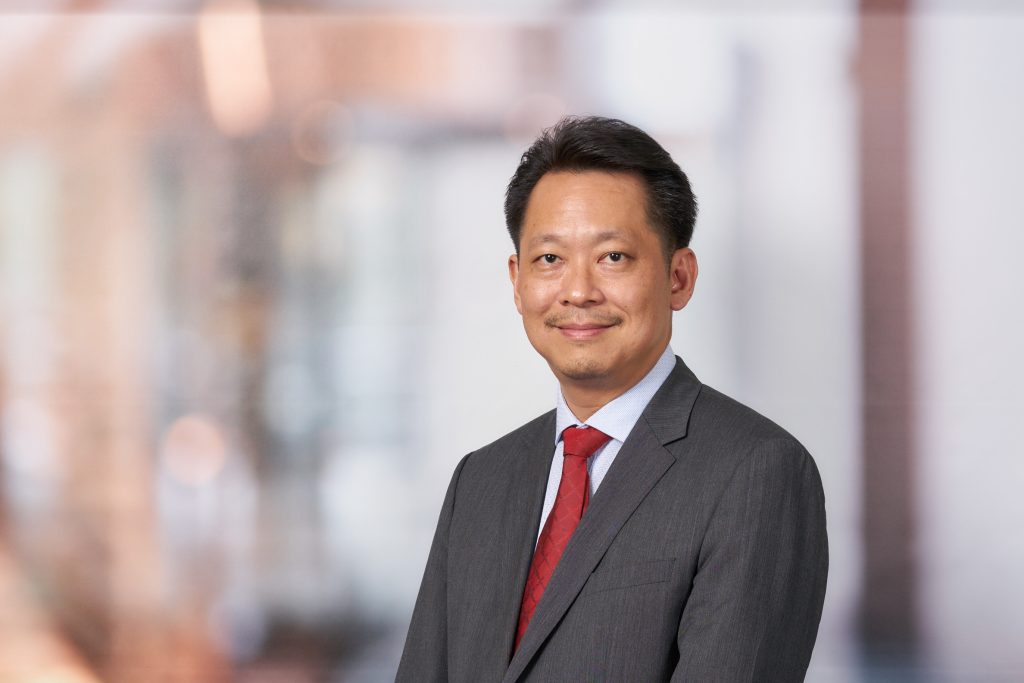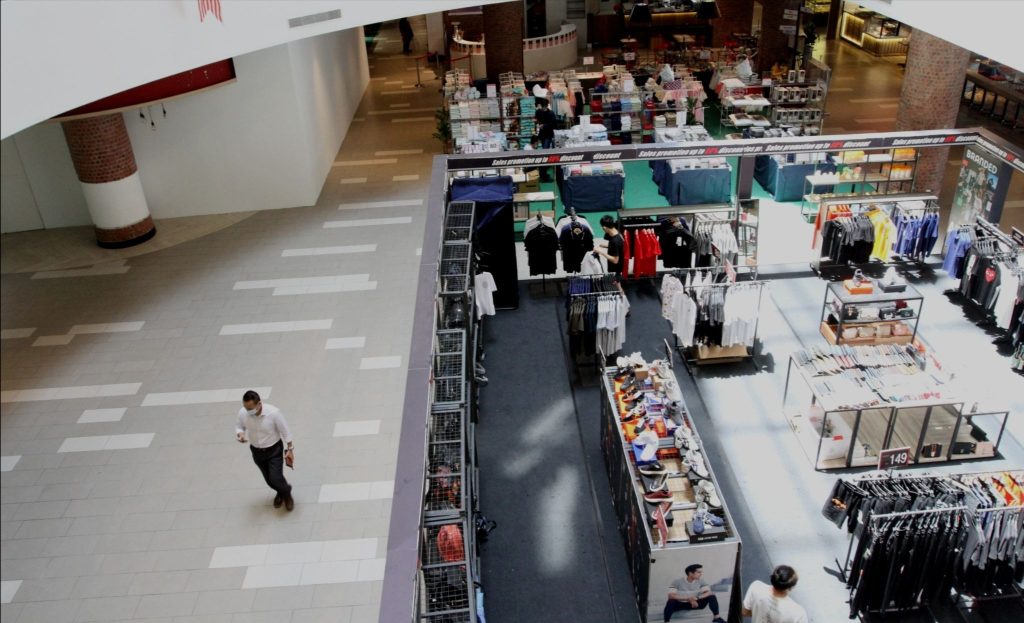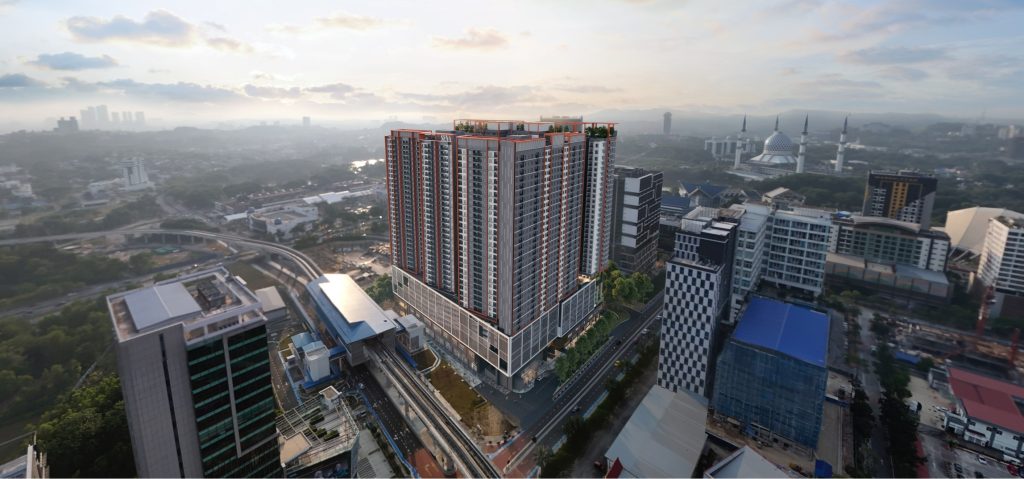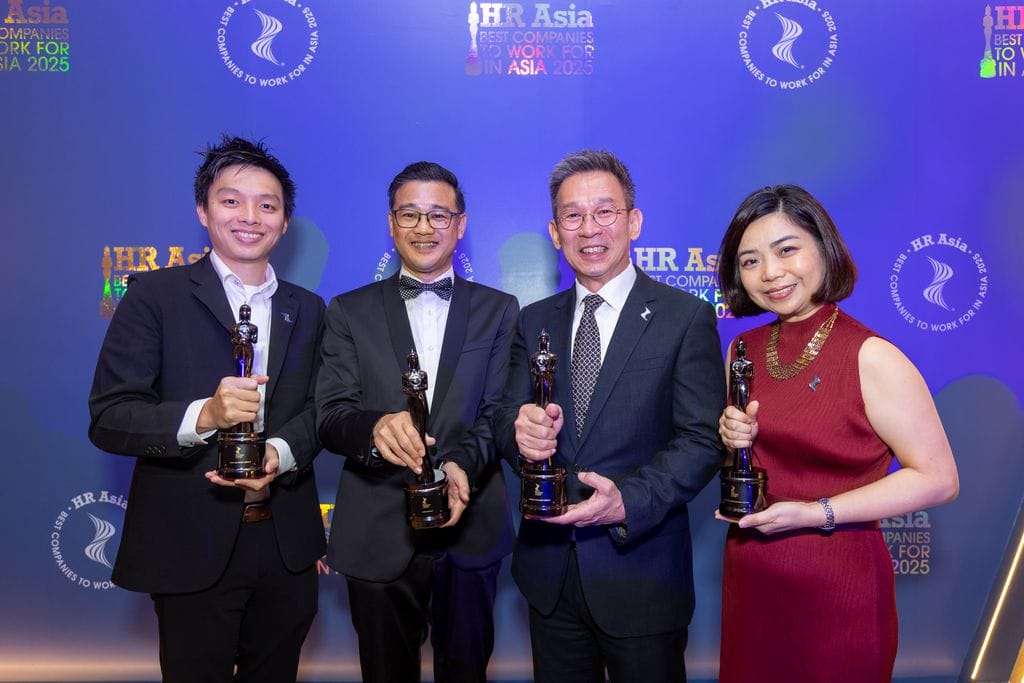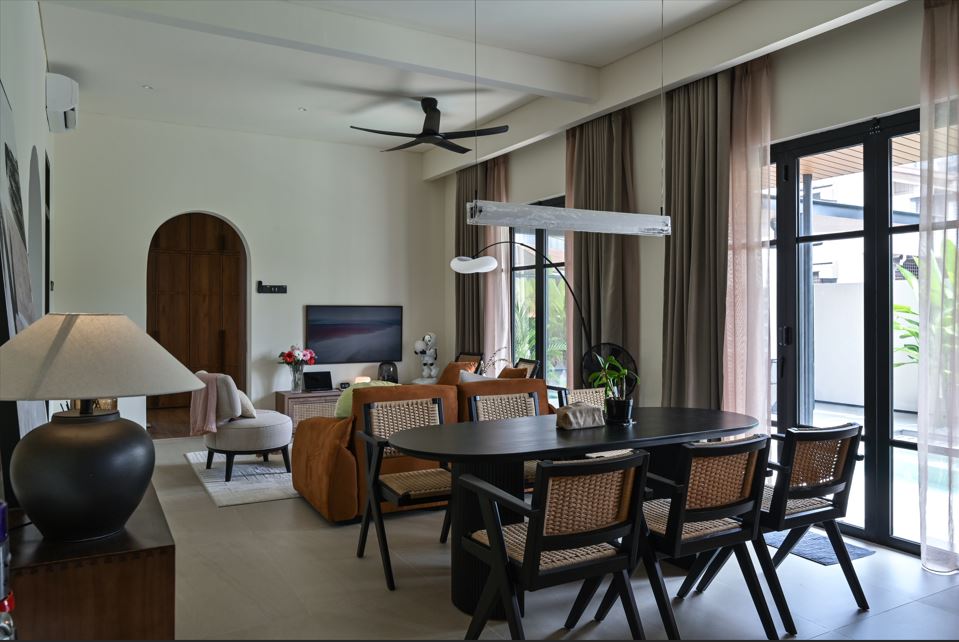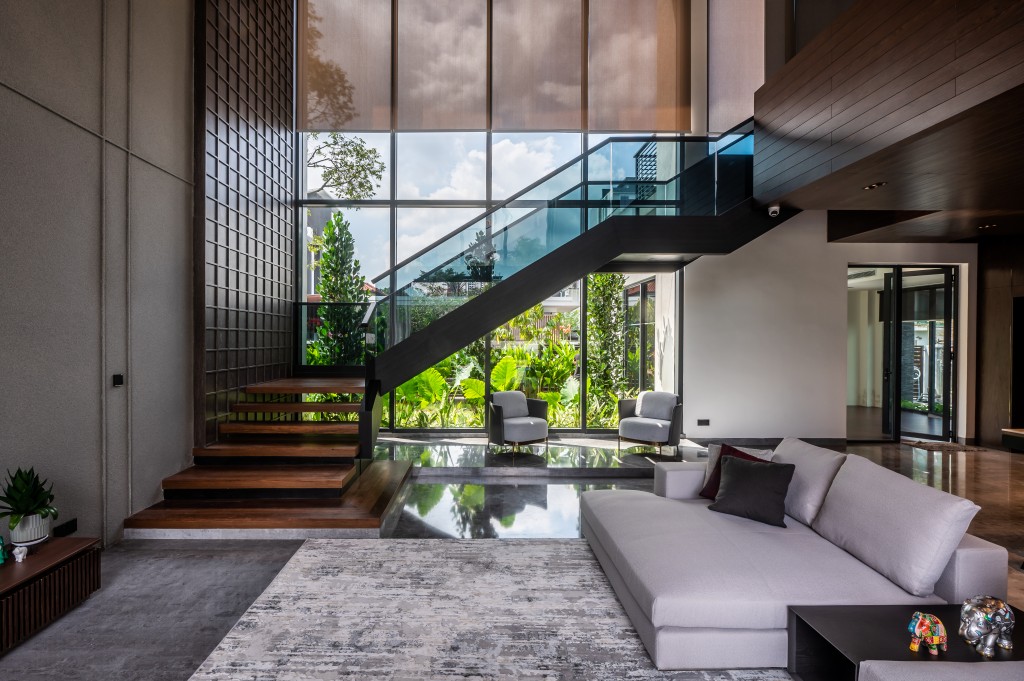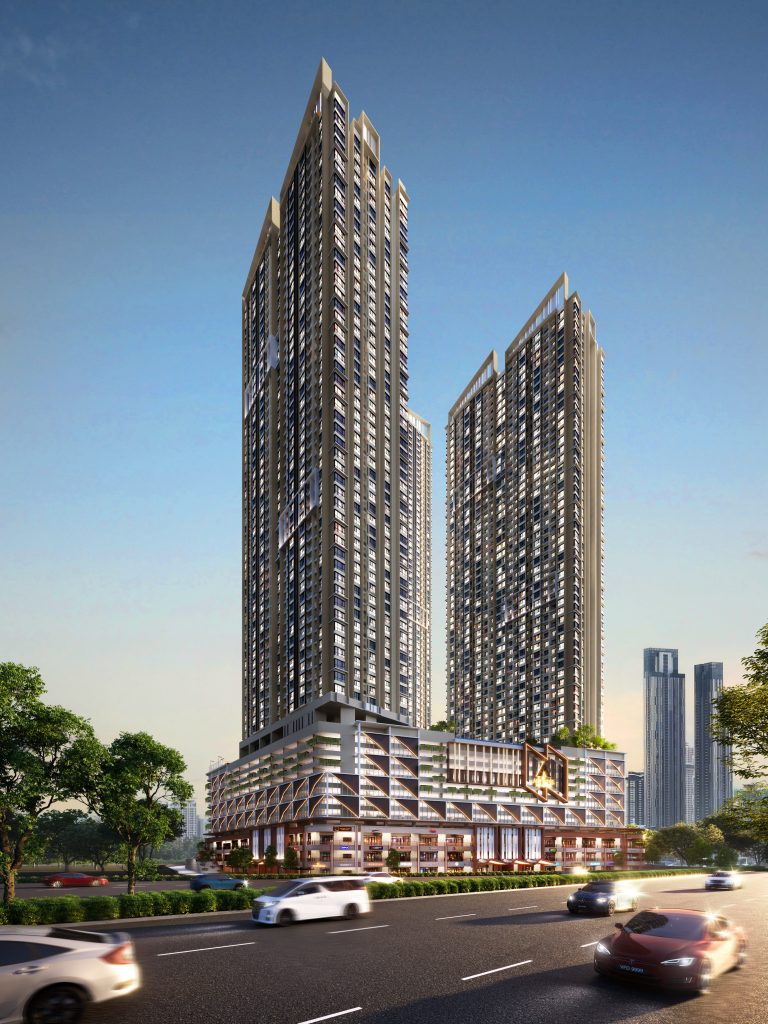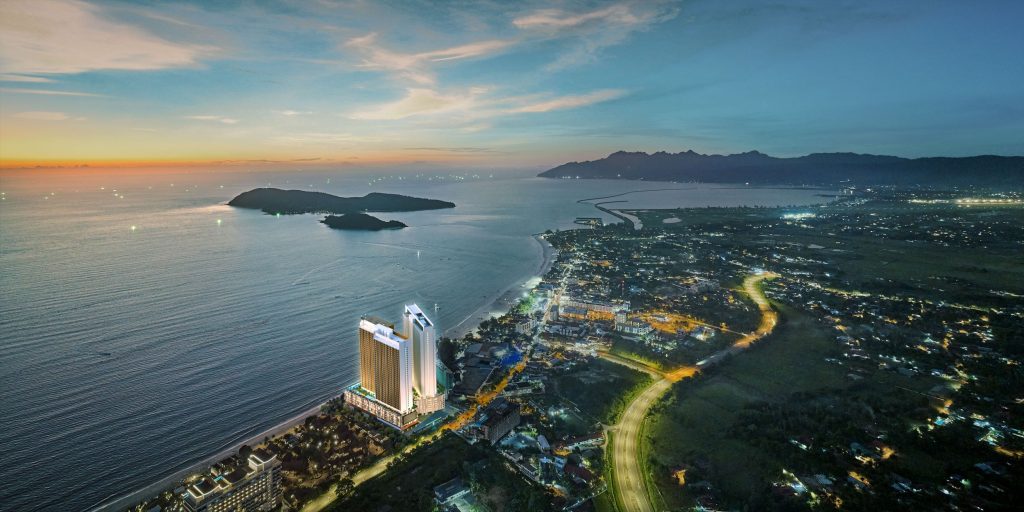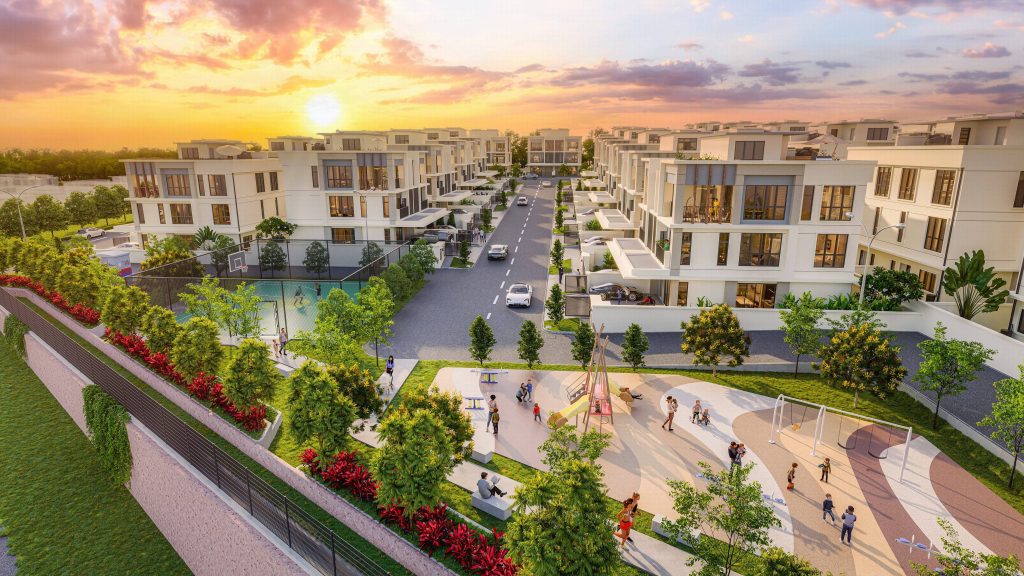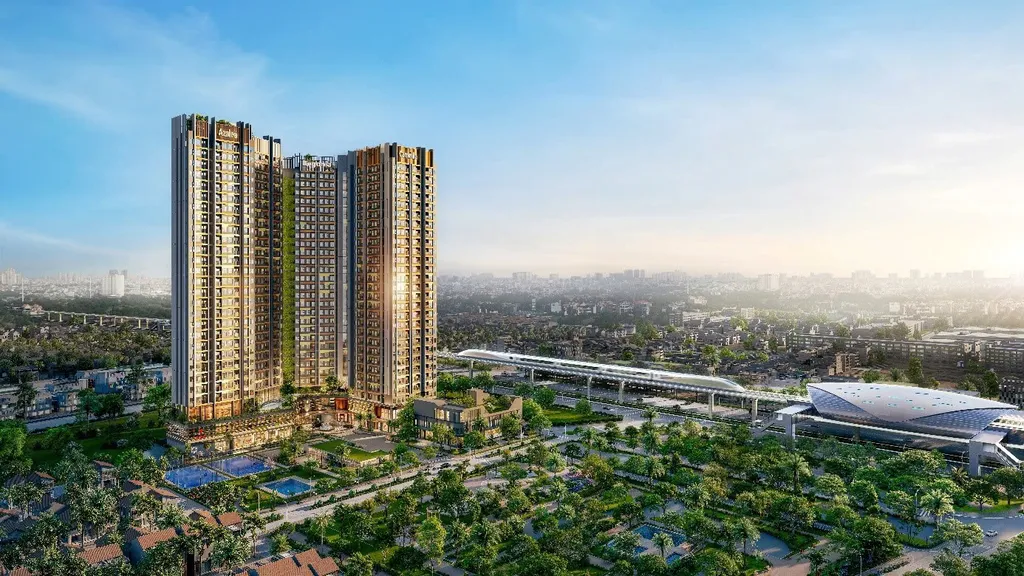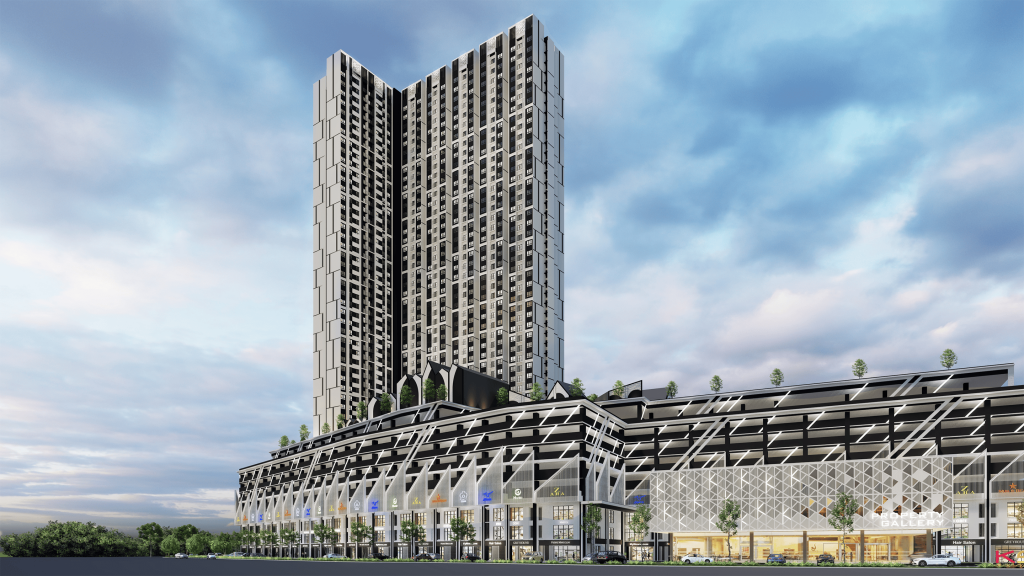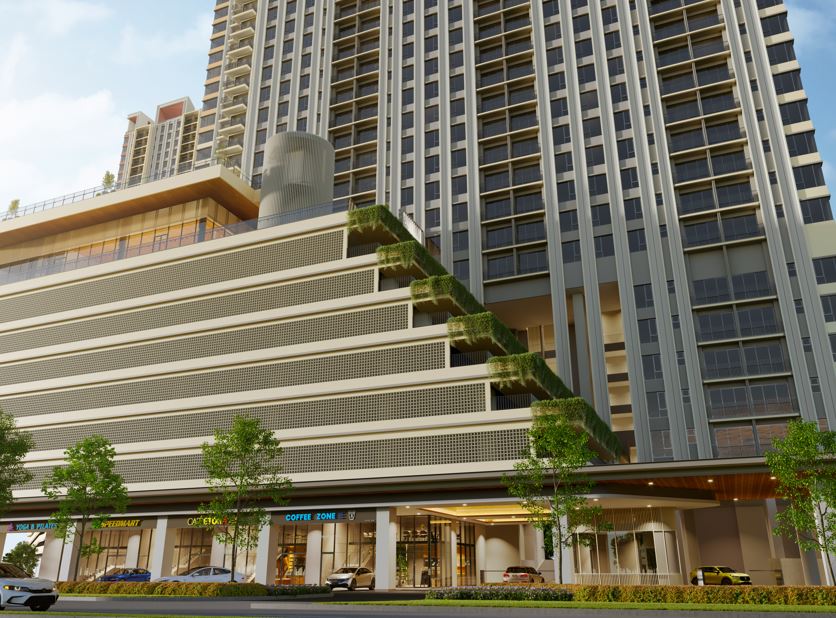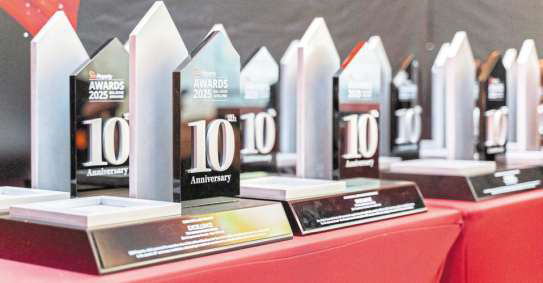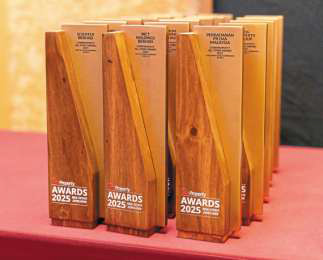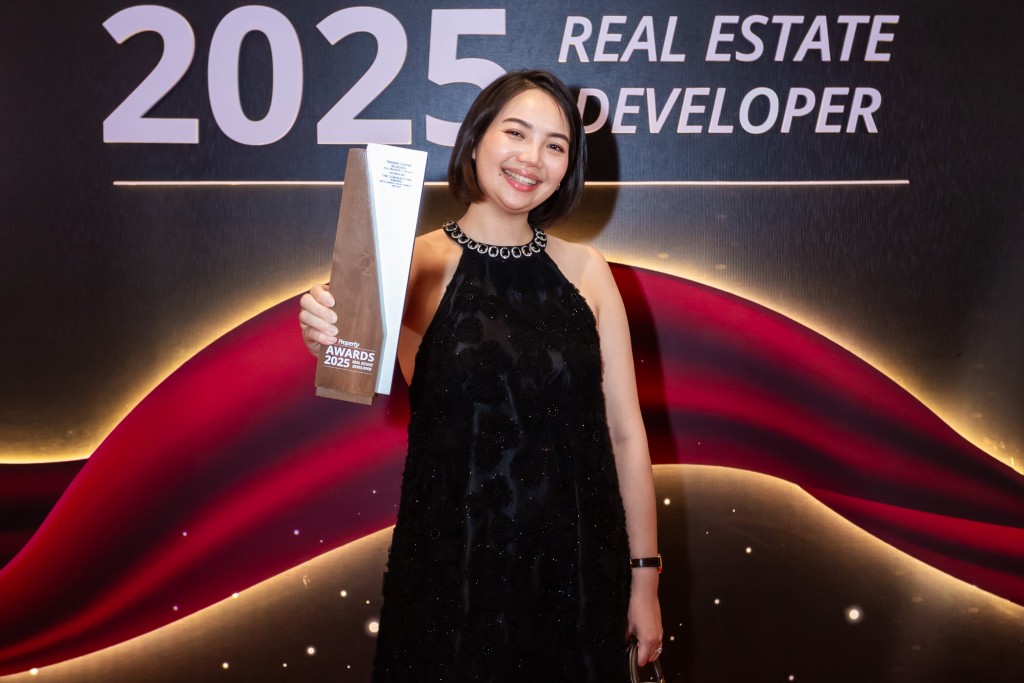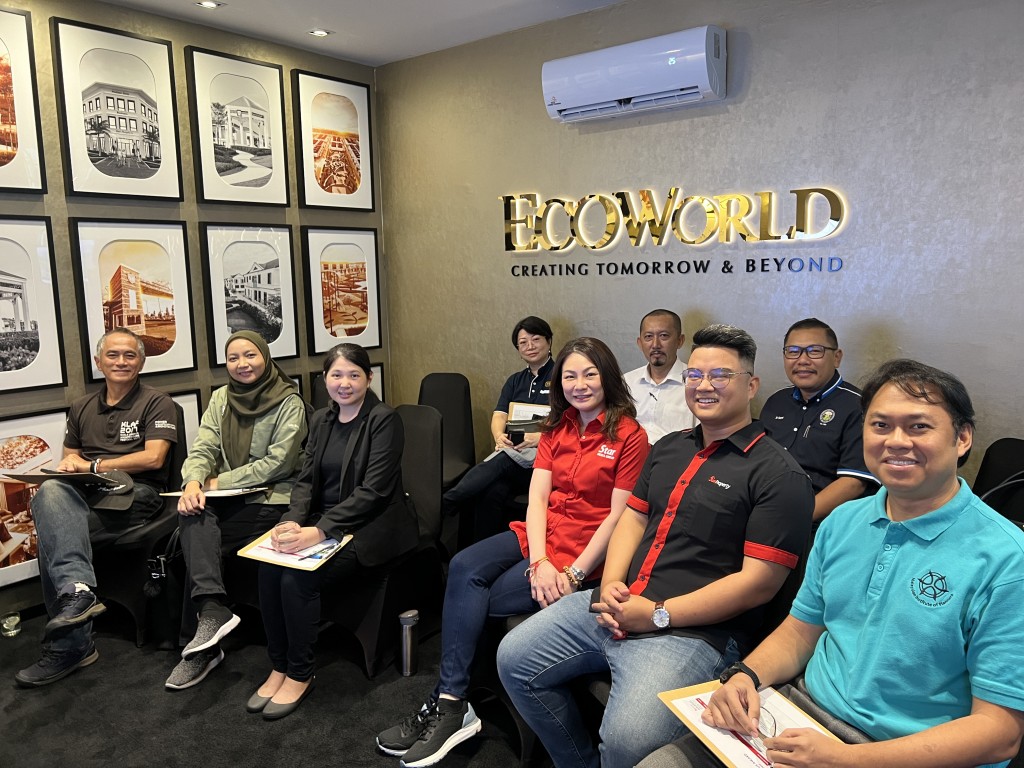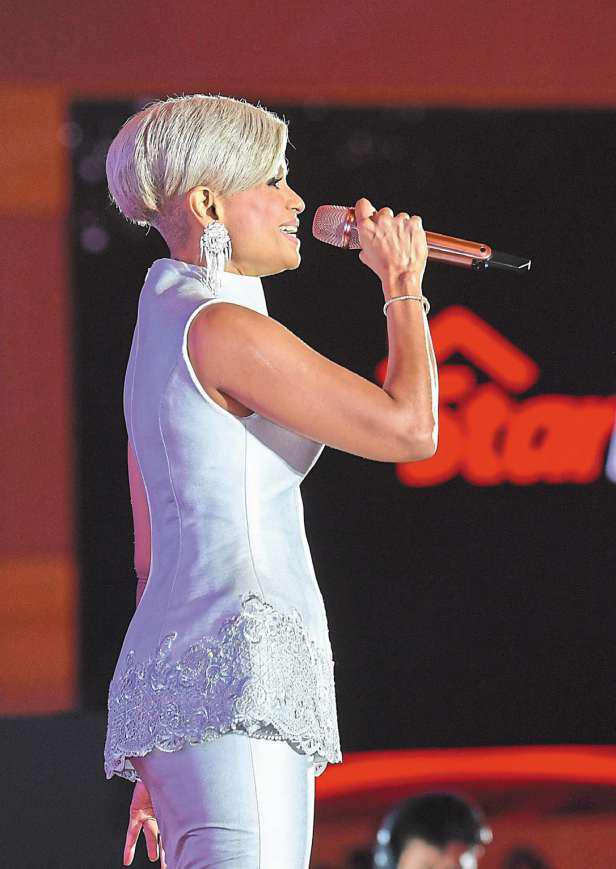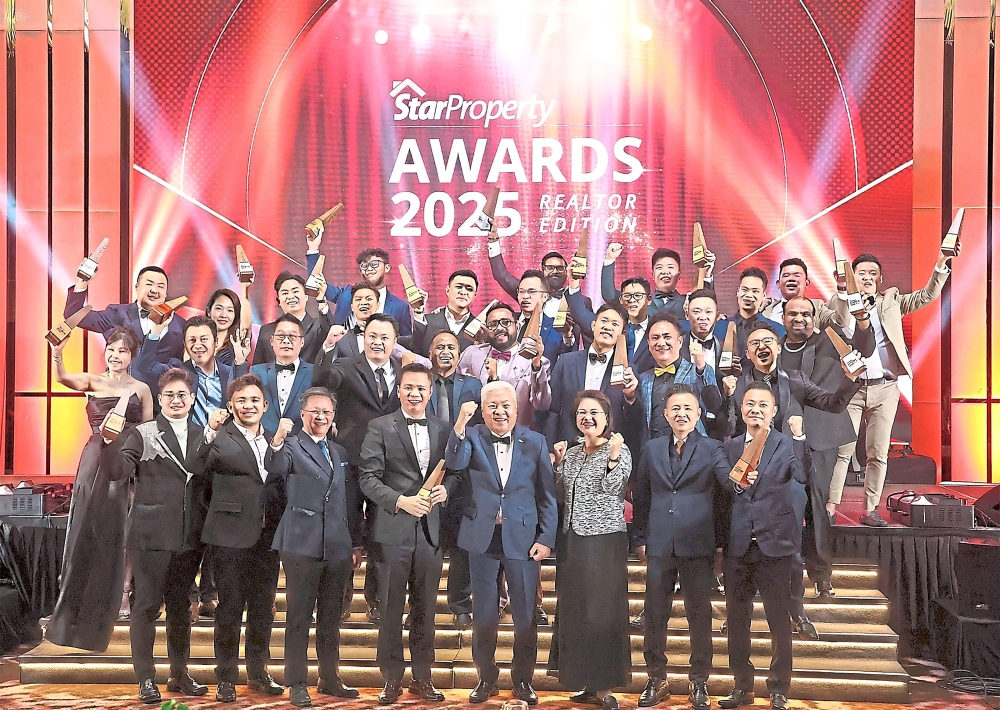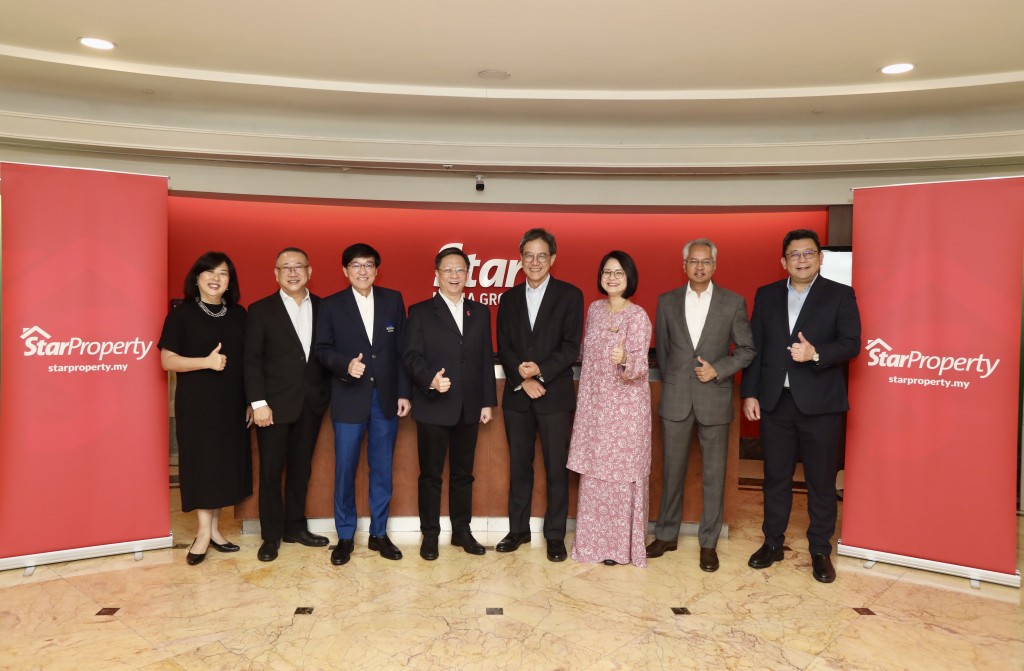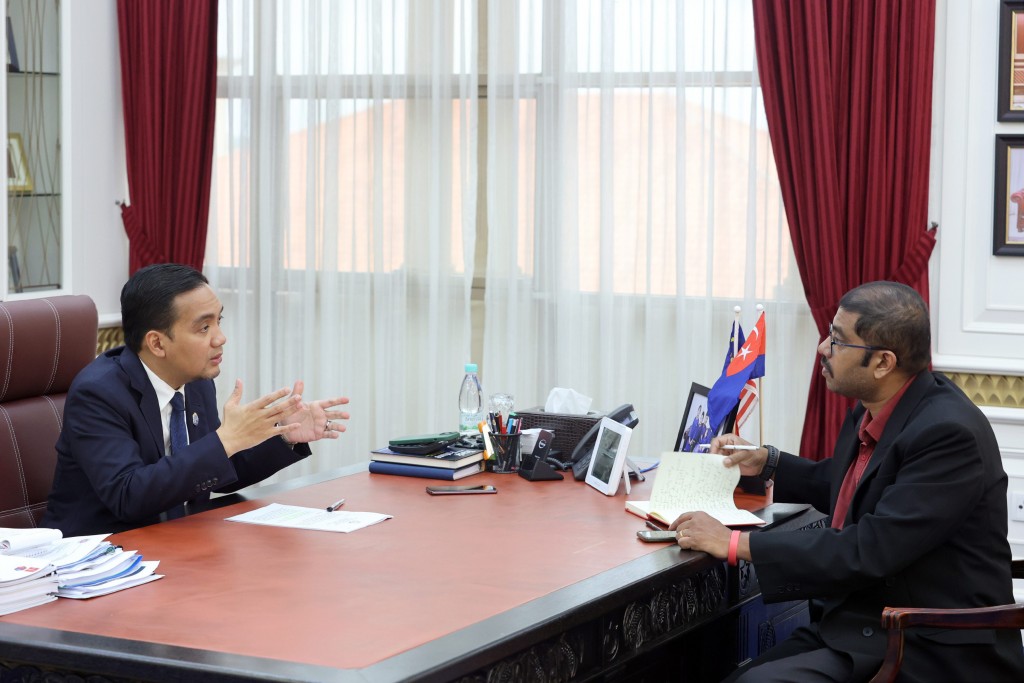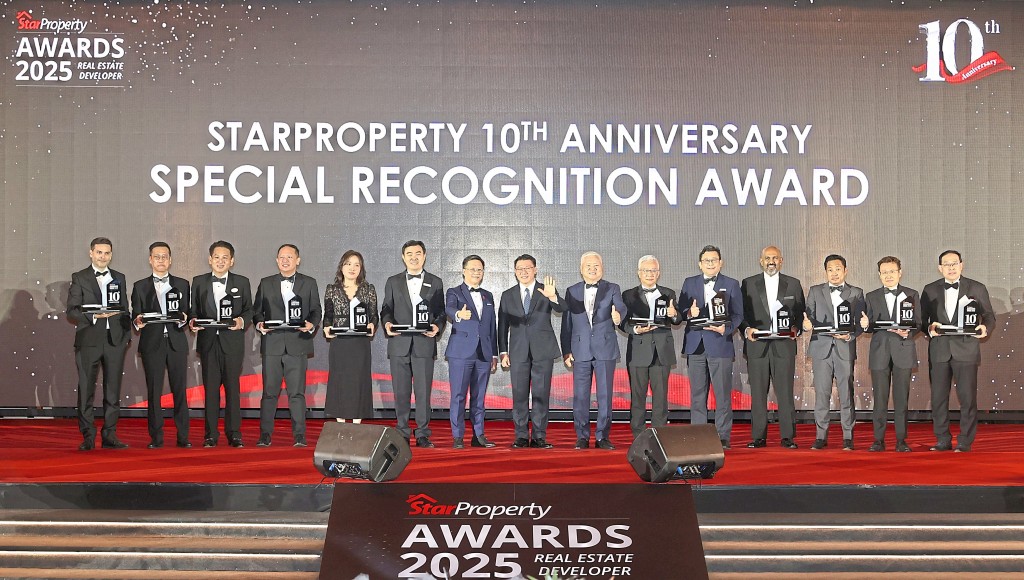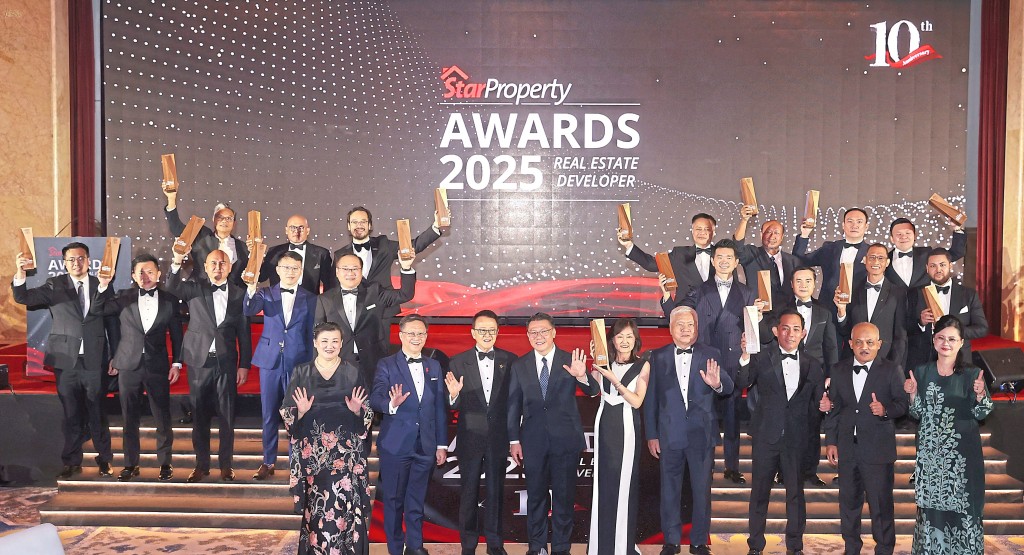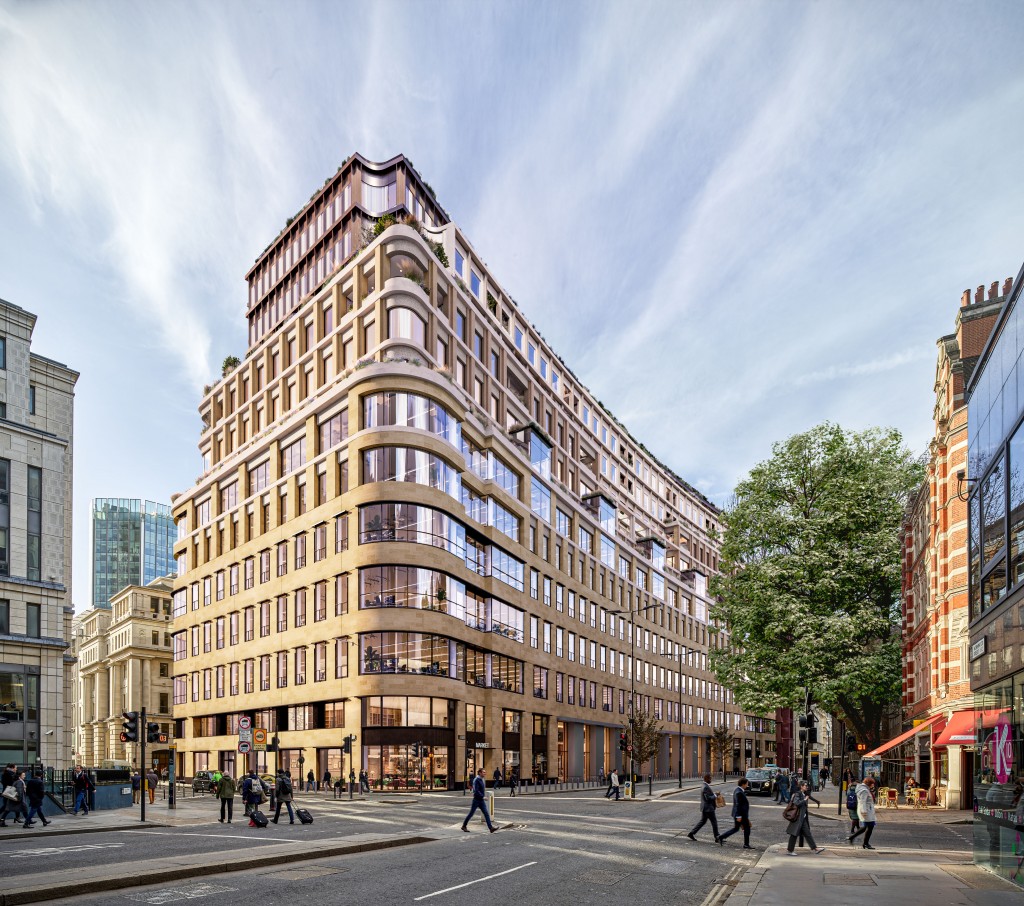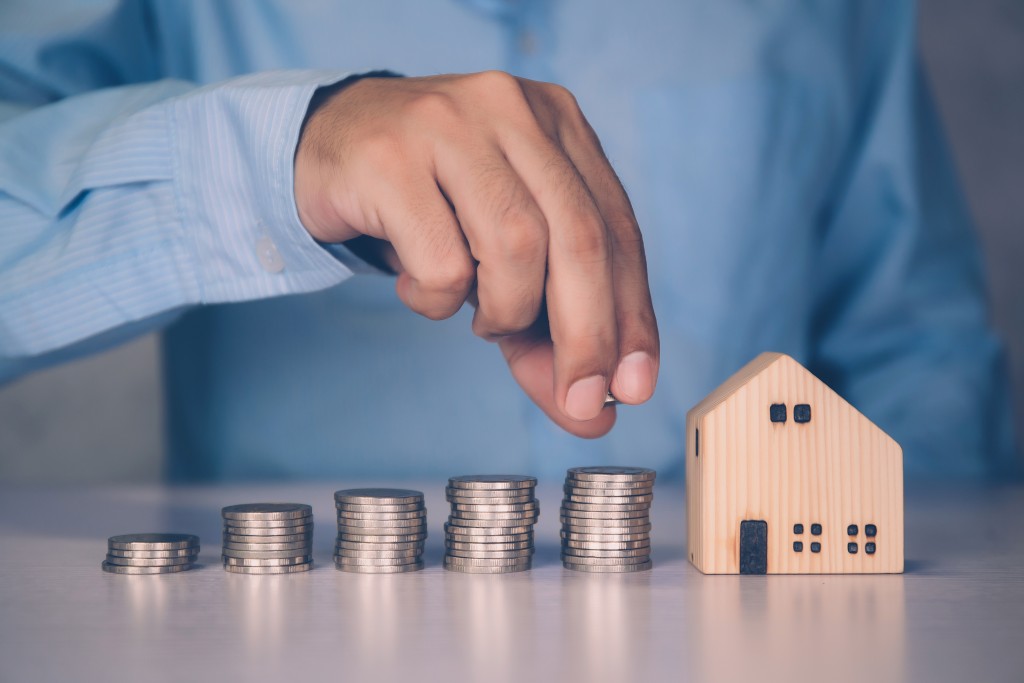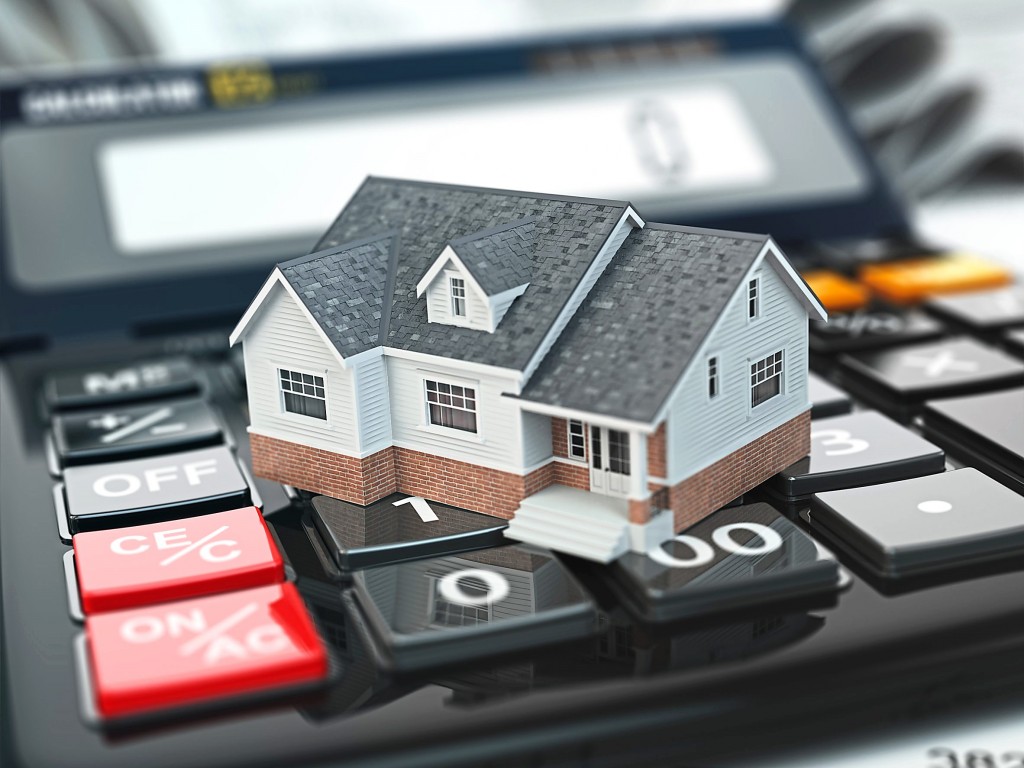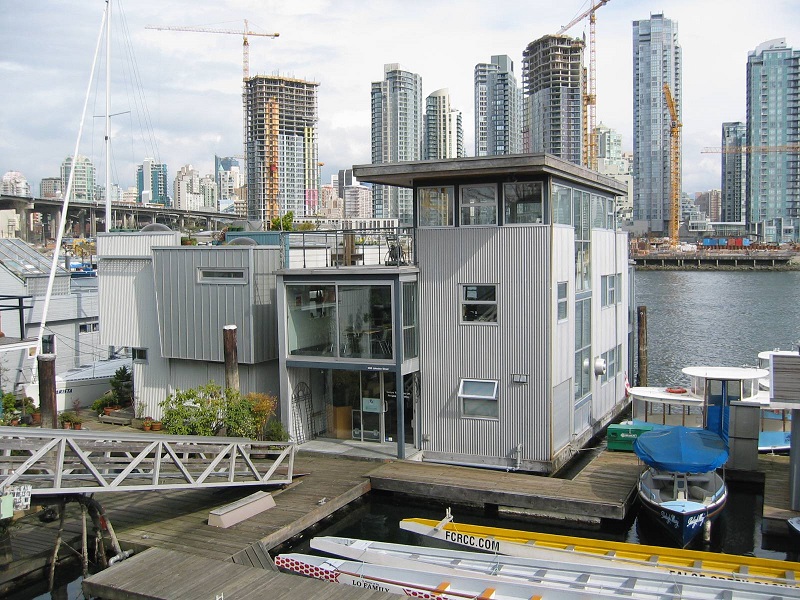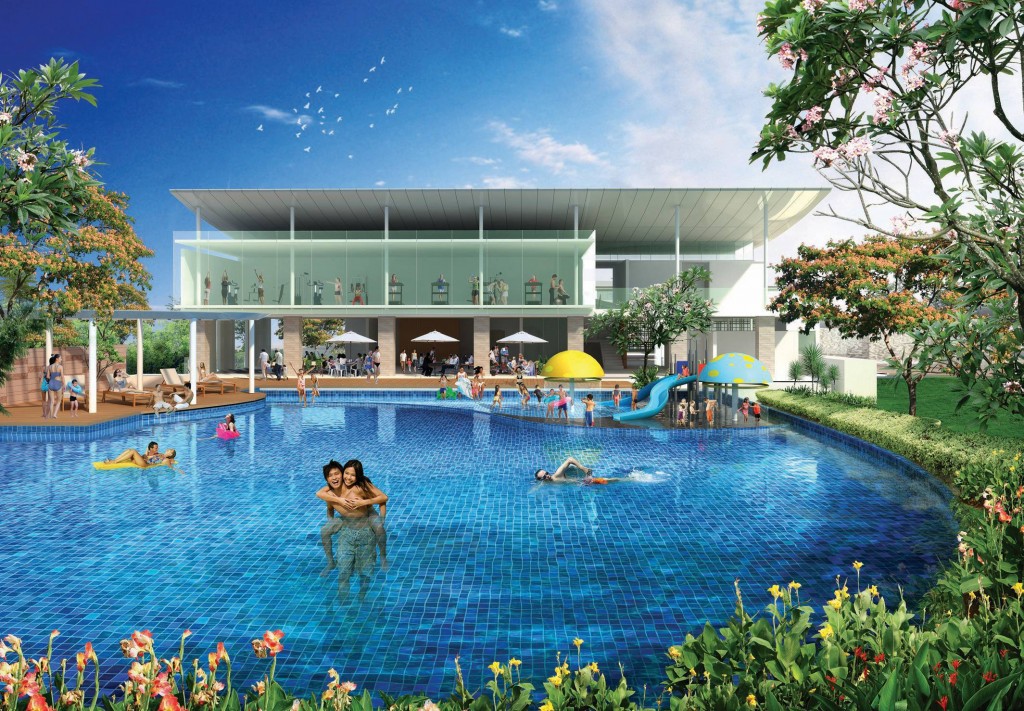
One for the album: MDA 2025 chief judges comprising Maimunah (seated centre), Norsazila (seated second from right) and Yeah (seated second from left) taking a group shot with Star Media Group (SMG) group chief executive officer Chan Seng Fatt (seated left), FIABCI-Malaysia immediate past president Datuk Firdaus Musa (seated right) along with (standing from left) judges Tan and Khong, FIABCI-Malaysia secretary-general Datuk Hoe Mee Ling, SMG chief operating officer Lydia Wang and judges Sarly and Lim. —Photos by SAMUEL ONG/The Star
An insight into the minds of the MDA 2025 judges
By Joseph Wong
As the Malaysia Developer Awards (MDA) serves as a definitive annual benchmark for excellence, integrity and innovation within the Malaysian property sector, each year, the exhaustive judging process is overseen by a panel of experts spanning finance, urban planning, surveying and architecture, ensuring that only the truly deserving are recognised.
The MDA framework moves far beyond conventional metrics, establishing a holistic standard where financial stability must walk hand-in-hand with environmental stewardship and community impact.
For the 2025 awards, the panel’s discourse was unified by several powerful themes: The imperative of environmental, social and governance (ESG), the necessity of strategic agility in leadership and the critical shift from simply erecting structures to successfully cultivating thriving, future-proof communities. The combined wisdom of these judges offers an invaluable masterclass in what defines the best of the best in today’s evolving market.
The new mandate
A consensus emerged among the judges that the role of the contemporary developer has fundamentally changed. It is no longer acceptable to focus solely on sales margins. The focus must now be on creating liveable, enduring legacies that positively impact the broader community and, crucially, the planet.
This sentiment was forcefully articulated by Kuala Lumpur mayor Datuk Seri Maimunah Mohd Sharif, who placed the responsibility squarely on the shoulders of industry leaders.
“A leader of today should go beyond the bricks and mortar towards building a liveable community where they have to look into their principles of good governance and also sustainability,” she stated. “They must think what are the green principles that they want to portray, that they want to promote in their development—the planning part, the implementation and then after sale.”
The mayor emphasised that the judging process involves an ethical audit of a project’s lifecycle, stressing that the stakes extend beyond the immediate consumer. She added: “We look into how their development affects the environment, the people, the liveability and at the end of the day, the planet. We only have one planet so we have to take care of it.” This perspective frames the developer as a steward of communal resources, urging them to adopt a long-term, restorative view of their work.
Echoing this focus on national and global alignment, Ministry of Housing and Local Government’s National Housing Department deputy director-general (Housing Development) Norsazila Nordin highlighted the symbiotic relationship between sustainability and national policy.
“The ones who stand out are the ones who can deliver low-carbon inclusive communities that align with both our nation’s urban policies and global sustainability goals,” she explained. For Norsazila, sustainability is not a side project, it is a fundamental measure of corporate fortitude. “The developers should demonstrate their resilience through sustainability. This effort strengthens Malaysia’s leadership in shaping the future of cities both in Asean and internationally.” The best projects, therefore, are those that don’t just comply with local regulations but actively enhance Malaysia’s reputation for urban excellence on the world stage.
Financial agility and strategic resilience
While design and sustainability capture attention, the MDA’s quantitative assessment ensures that creative genius is backed by robust financial health. The judges scrutinise balance sheets not just for current profitability but for the inherent ability to withstand economic shocks and sustain growth over decades.
Prof Yeah Kim Leng, who is the senior fellow and director of the Economic Studies Programme at the Jeffrey Cheah Institute on Southeast Asia at Sunway University, focused on the essential trait required for success in a perpetually volatile market.
“Critical leadership quality to cope with the changing environment is actually a strategic agility,” he asserted. “You must have the operational agility, financial agility to cope with the different types of pressure so having this strategic agility is very key because you are sustaining the growth and the advancement of the property industry which is a very important component of the Malaysian economy.” This strategic foresight ensures that the industry remains a stable anchor for the nation’s economic structure.
Further elaborating on the quantitative metrics, Malaysian Institute of Architects (PAM) member Alvin Lim explained that financial data is interpreted as a measure of capability, not just wealth.
“In the context of awards judging, quantitative assessment goes beyond measuring financial performance. It involves interpreting financial data as meaningful insight into a developer’s ability to deliver consistently, respond to market fluctuations and invest in long-term community value,” Lim said. He noted that revenue growth reflects sustained demand and scaling ability while profitability demonstrates operational efficiency.
However, Lim concluded that stability remains the clearest indicator of long-term health. “While both profitability and revenue growth are important, stability provides the clearest indication of a developer’s resilience. It reflects disciplined financial management, predictable cash flow and a proven track record of project completion.” Stability, he argues, is the bedrock: “It suggests that the developer is not over-leveraged, not overly speculative and has the operational maturity to navigate downturns without compromising quality or delivery timelines. Stability is the foundation upon which sustainable growth and profitability are built.”
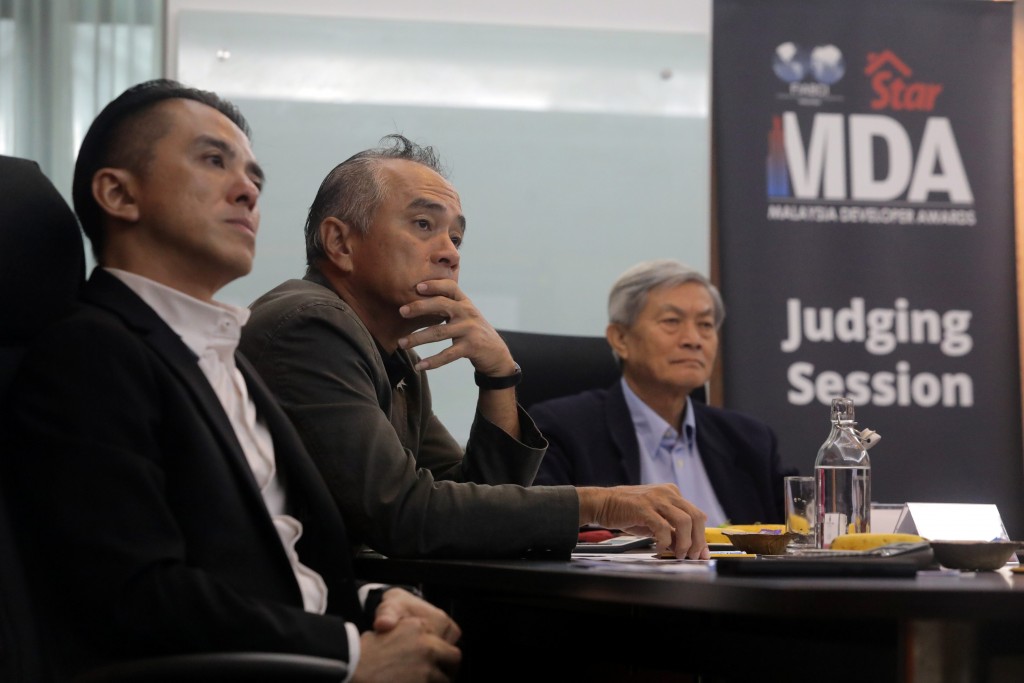
From left are Tan, Lim and Yeah who are listening attentively to the participating property developer for the international category which was conducted live from Melbourne.
Defining true excellence
The qualitative assessment judges a project's intrinsic value—the quality that allows it to enhance lives and strengthen communities over time. The panel’s goal is to discern developments that are truly transformative, not merely transactional.
Association of Valuers, Property Managers, Estate Agents and Property Consultants in the Private Sector, Malaysia (PEPS) vice president Tan Ka Leong, who is also CBRE|WTW group managing director, highlighted the valuer's perspective on enduring worth.
“As valuers and property consultants, our role is to look beyond the surface - to discern what constitutes true, lasting value. The MDA judging process embodies that same philosophy,” he explained. Tan stressed that evaluation encompasses innovation, sustainability and the management of stakeholder relationships—employees, suppliers, customers and the community—all led transparently and ethically.
Tan believes this comprehensive approach benefits the entire industry. “By setting such comprehensive and rigorous standards, MDA does more than celebrate excellence; it defines it. This level of discernment encourages developers to embed long-term value creation as a core principle in their approach to plan, design and delivery.”
This rigour ensures that Malaysian projects can effectively compete on the global stage. “Today’s most forward-thinking developers go beyond constructing buildings - they create places that enhance lives, strengthen communities and endure through time. True excellence is found in the harmony between economic success, environmental stewardship and social responsibility.”
From an architectural standpoint, Lim detailed how a simple building is transformed into a liveable community.
“The most crucial element that differentiates a development that merely erects buildings from one that cultivates a thriving, liveable community is the thoughtful integration of diverse functions within a connected, human-scaled environment,” Lim noted. The successful project, he explained, is a complex choreography of daily life. “It carefully choreographs how people live, move and interact by combining residential spaces with accessible public areas, retail amenities, community facilities and green infrastructure.”
This focus on connectivity and inclusivity ensures a genuine sense of belonging. Lim concluded: “Inclusivity and accessibility are essential to this transformation. Designs that accommodate all ages and abilities help ensure the community remains welcoming, safe and adaptable over time. True placemaking is not defined by what is constructed but by how the built environment enhances and supports everyday life. This is what transforms a collection of buildings into a genuine community.”
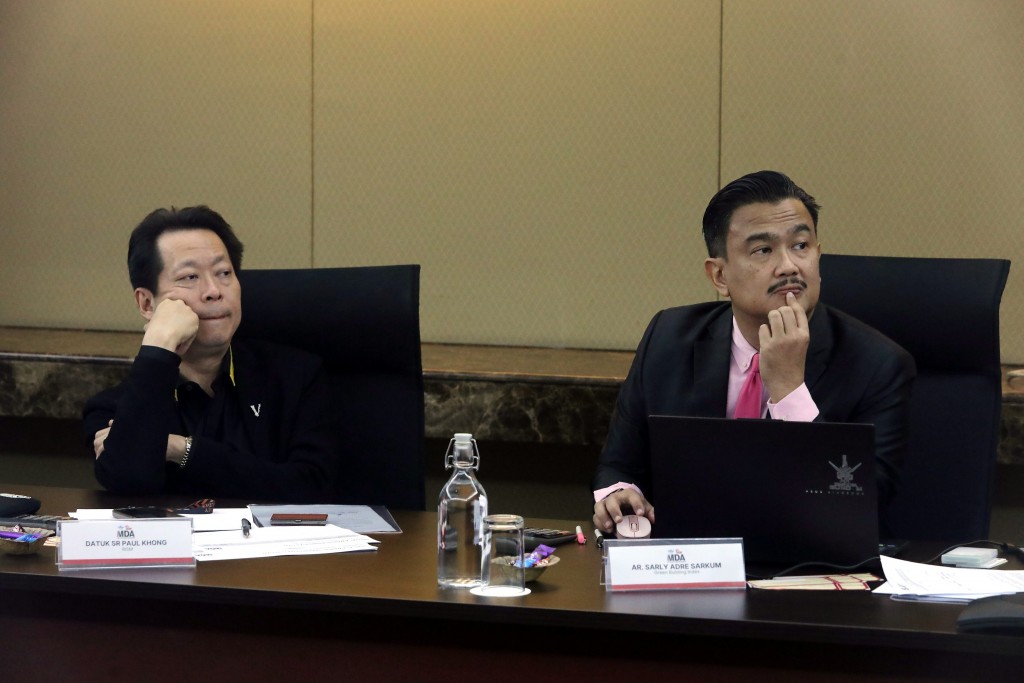
Pondering what questions to ask are Khong (left) and Sarly when listening to one of the presentations for the Rising Star category.
Future-proofing and data-driven ESG
The most impressive submissions demonstrated a vision that extends well beyond the current decade, anticipating technological shifts and the accelerating impact of climate change.
Green Building Index (GBI) chief executive officer (CEO) Sarly Adre Sarkum provided insightful commentary on the cutting-edge of ESG integration, particularly in high-impact infrastructure.
“From the perspective of the GBI, a truly impactful ESG strategy must be forward-thinking, data-driven and deeply integrated into both the built environment and the broader national agenda,” he asserted.
Sarly cited the rise of data centres as critical energy consumers and highlighted GBI’s proactive role. “We at GBI launched the Data Centre Tool Version 2.0, a significant leap forward that embeds the latest sustainability benchmarks into what is often a hidden but high-impact sector. This tool goes beyond conventional green building metrics by addressing real-time carbon intensity, closed-loop water cooling technologies, AI-based energy management and modular scalability.”
The CEO also noted a fundamental shift in design philosophy in the face of environmental unpredictability. “The standout trend is the shift toward future-proof adaptability—developments that anticipate change, not merely respond to it. In particular, climate-resilient urbanism—designs that embrace extreme weather as a given, not an exception—emerged as a clear marker of a 2040 mindset.”
Sarly detailed specific design markers: “Flood-resilient podiums, elevated landscapes, urban heat island mitigation strategies and blue-green corridors were not just aesthetic or compliance-driven. They were critical, performance-based design elements.” This integrated thinking is the ultimate differentiator. “These developers are no longer just building structures—they're shaping regenerative urban ecosystems. That mindset, that scale of thinking, is what distinguishes a vision for 2040 from a project that stops at 2025.”
The rigour behind the results
The complexity of the criteria and the depth of submissions necessitate a highly rigorous and time-intensive judging process, a crucial element that lends the MDA its intrinsic value.
Royal Institution of Surveyors Malaysia (RISM) former council member Datuk Paul Khong provided a candid insight into the immense effort expended by the panel.
“This is a major exercise for all judges as it took many hours rolling into days to place the right scores in the judging process from the many developers and their voluminous submissions,” Khong revealed. “This clearly shows that there is high competition to be the best of the best and the judging came from both qualitative and quantitative attributes.”
To ensure impartiality, the process is strictly structured: “Each of the judges voted on a solo basis and the cumulative results were collated by StarProperty directly. So we voted according to the info given, ie, presentation of their works and track records and write up on the angles from the questionnaire and also their financial details given. Scoring was done from their full and voluminous submissions.”
The path to winning is clear: it demands excellence across all fronts. “To tip the scale as a winner, all judges must vote based on the merit and works done, the submission content, actual presentation itself and impression plus achievement. The winner is the top scorer from all judges' scores on a cumulative basis.”
Khong concluded by assuring the industry that the hard-won nature of the trophies reflects their true worth. “We also took a lot of time (given the number of participants) and effort to review and score fairly and maintain a consistent scale within each of the categories. As the competition is stiff with strong participation and limited awards issued, the event basically reflects the intrinsic value of the MDA award given. The judges and their hard work basically show the strength and credibility of the awards and the winners can be proud of a real win and acknowledge Malaysia’s best.”
The MDA 2025 thus serves as a powerful confirmation that to be named the best in Malaysia, a developer must demonstrate not only financial dexterity and strategic agility but also an unwavering commitment to building resilient, sustainable and human-centred communities that will thrive for generations to come.
Stay ahead of the crowd and enjoy fresh insights on real estate, property development and lifestyle trends when you subscribe to our newsletter and follow us on social media.

